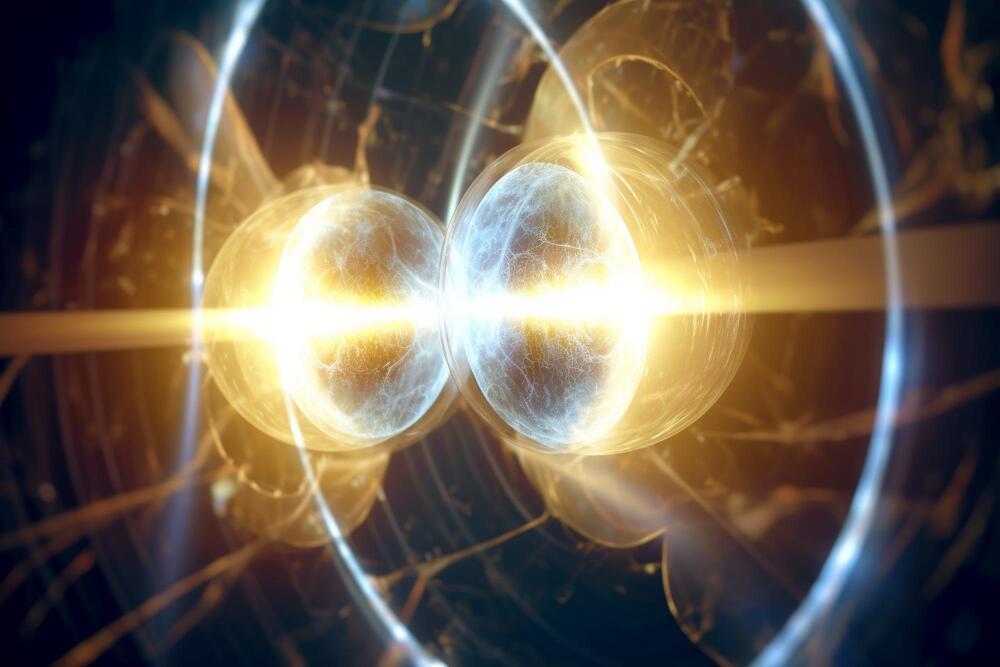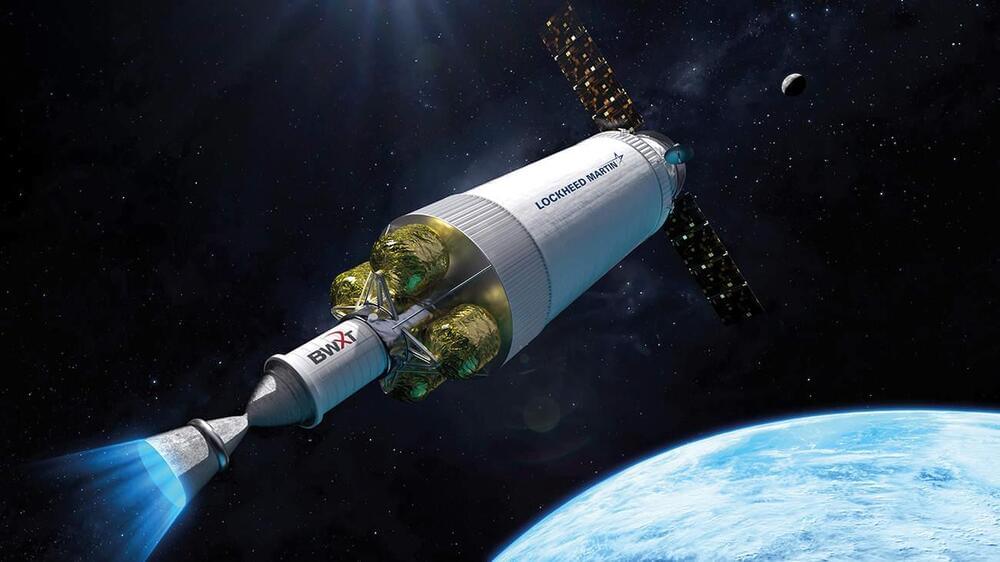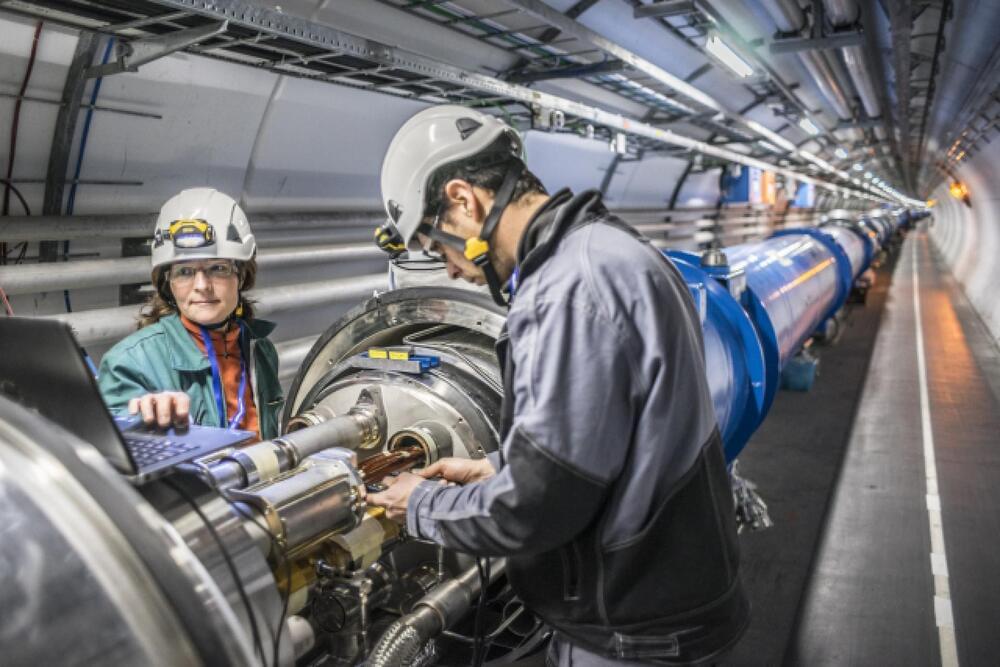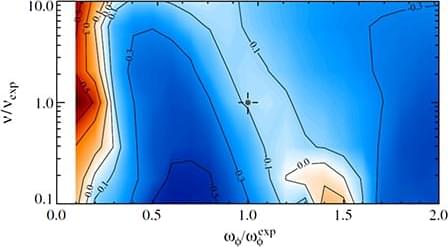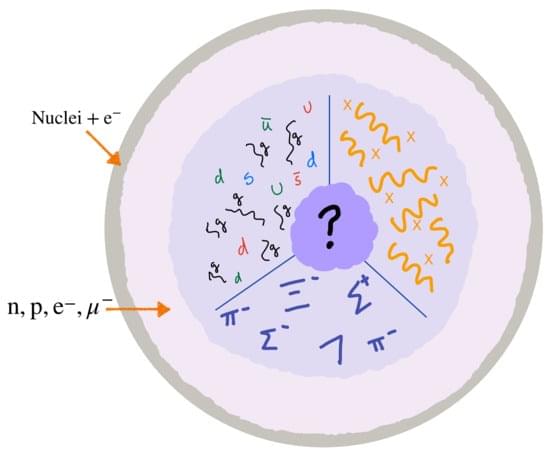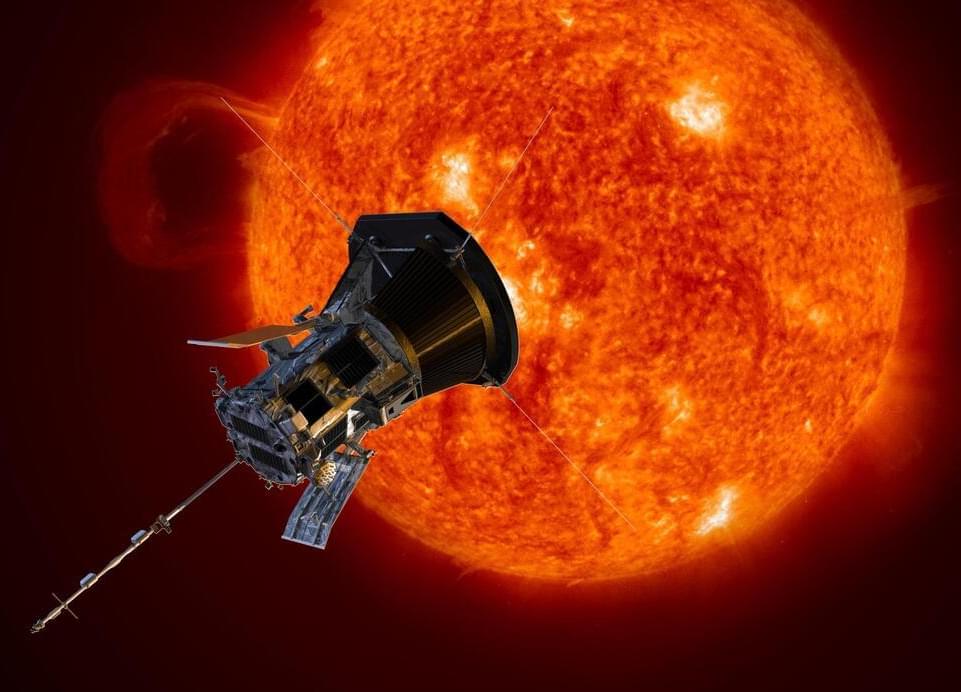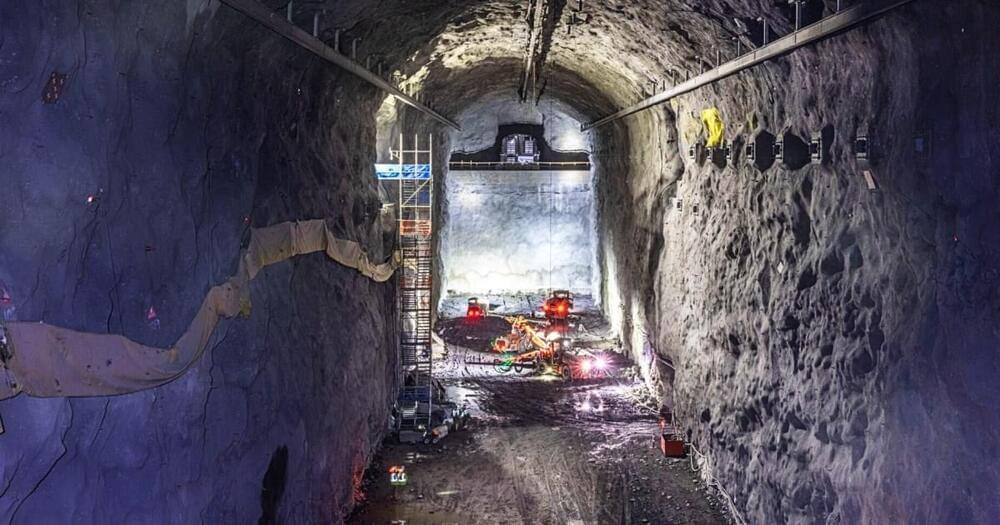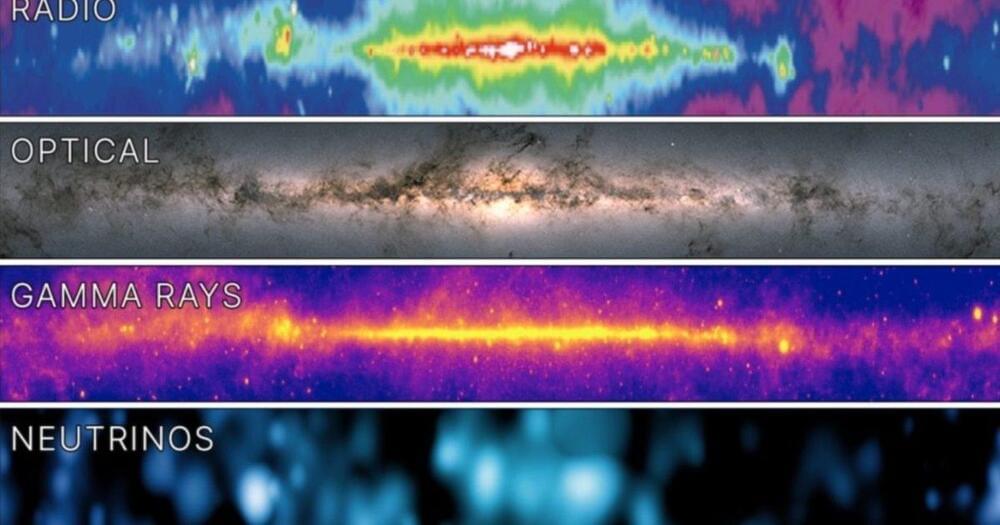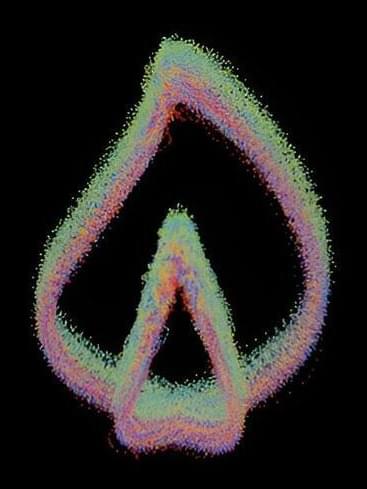Feb 8, 2024
Unlocking Quantum Superconductivity Mysteries With Ultracold Fermions
Posted by Saúl Morales Rodriguéz in categories: particle physics, quantum physics
Researchers have made a landmark discovery in quantum physics by observing and quantitatively characterizing the many-body pairing pseudogap in unitary Fermi gases, a topic of debate for nearly two decades. This finding not only resolves long-standing questions about the nature of the pseudogap in these gases but also suggests a potential link to the pseudogap observed in high-temperature superconductors. Credit: SciTechDaily.com.
Researchers have conclusively observed the many-body pairing pseudogap in unitary Fermi gases, advancing our understanding of superconductivity mechanisms.
A research team led by Professors Jianwei Pan, Xingcan Yao, and Yu’ao Chen from the University of Science and Technology of China (USTC) of the Chinese Academy of Sciences, has for the first time observed and quantitatively characterized the many-body pairing pseudogap in unitary Fermi gases.
